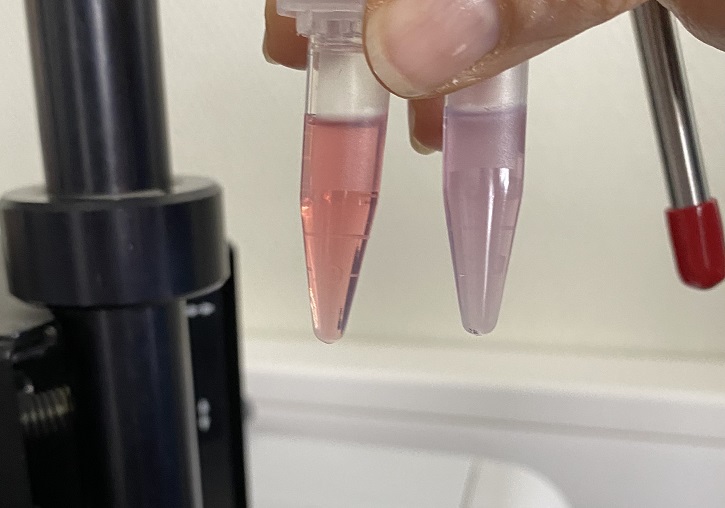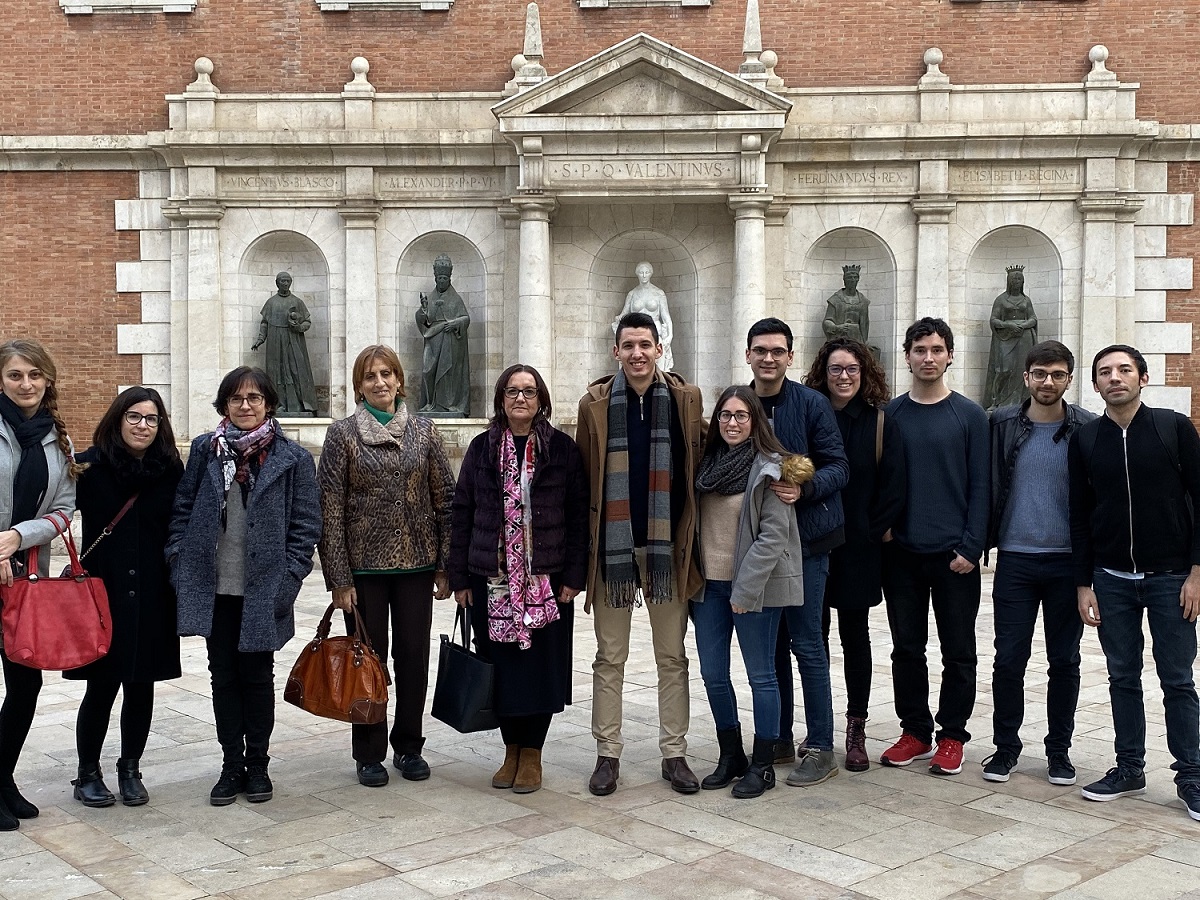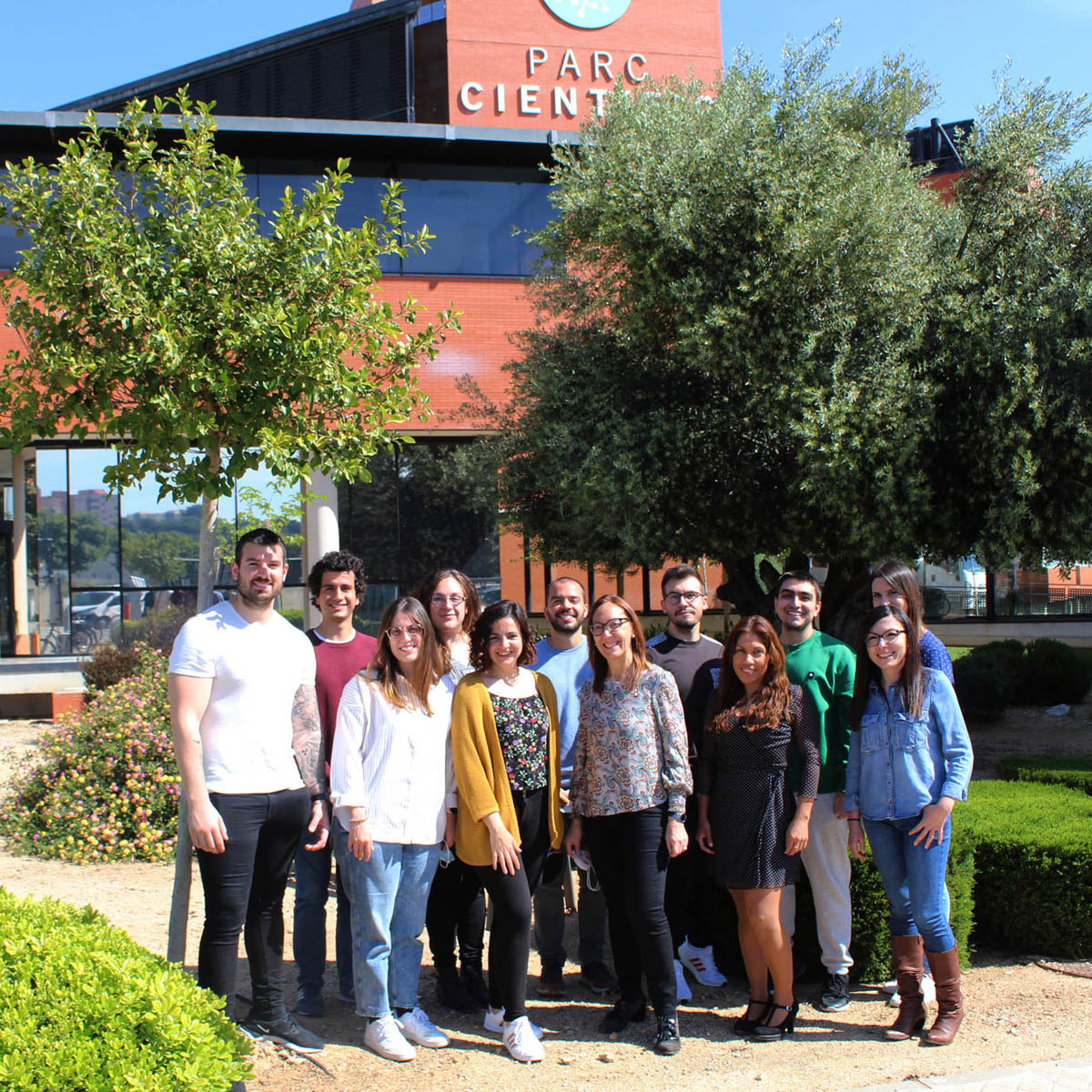Filed a patent for a procedure for the early and efficient detection of kidney, bladder, prostate and colorectal cancers
- Scientific Culture and Innovation Unit
- April 21st, 2021

The research groups Mintota and Photochemistry Reactivity Group of the faculties of Chemistry and Pharmacy of the University of Valencia have developed a method for the detection and evolution of kidney cancer through urine and the dispersion of gold nanoparticles, in which is the first system that will provide reliable information on the existence and progress of this pathology. In the patent, registered by the University of Valencia (65%), also participate the Health Research Institute Hospital La Fe, with 30% and the Foundation for the Promotion of the Sanitary and Biomedical investigation of the Valencian Community (FISABIO), with 5%.
According to the World Health Organisation (WHO), cancer is the second leading cause of death in the world. Nearly ten million people die each year from this disease. In Spain alone, the annual deaths attributed to cancer add up to around 400,000 and the prevalence of kidney cancer ranges between 2% and 3% of the population. Its incidence is lower than other tumours of this type. However, it has a peculiarity: many patients do not experience symptoms until the disease has spread to other organs. Hence its early detection is crucial.
“There is a need for new complementary and moreeffective methods for their early diagnosis and appropriate follow-up of affected patients and, in addition, they are affordable and applicable to easily obtainable biological samples, such as urine”, explains PilarCampis Falco, professor at the Faculty of Chemistry and director of the Mintota Research Group.
“Urine is a less complex system and a more manageable means to determine the presence of biomarkers of malignant tumour”, adds Julia Pérez Prieto, professor at the Faculty of Pharmacy and director of the University’s Photochemical Reactivity Group of Valencia.
Both have led a group of eight researchers, the work has concluded in 2021 with the obtaining of the patent: Method to determine the presence and / or stage of malignant tumours using a urine sample.
“Currently there are no biomarkers that allow screening, i.e. a process for early detection of the disease, its early diagnosis and treatment, or a differentiation between benign and malignant tumours, particularly for kidney and bladder cancer”, explains PilarCampins.
Faced with this problem, many cellular markers have been used and, to date, “none of them have been shown to improve the predictive accuracy of current prognostic systems”, warns Professor Pérez Prieto. “That is why its use in routine practice is not recommended”,she concludes.
However, classically defined markers have been used for routine analysis that generally show results when the tumour is in advanced stages. Therefore, it is not recommended as a routine diagnostic system. Hence the importance of the work of scientists at the University of Valencia.
How it works
This invention relates to an in vitro method for the diagnosis of malignant tumours and / or the determination of the stage in a urine sample of the patient from which an extract of acetic acid is obtained which is subsequently added to a dispersion of gold nanoparticles. The level of dispersion of these particles, induced by acetic extract, is compared with the dispersion levels in samples from healthy patients or patients with tumours. This allows to determine the presence of tumours and their possible stage.
This invention belongs to the technical field of devices and procedures for diagnosing pathologies, in particular cancer. This method is an efficient, simple and non-invasive diagnostic tool that could even be implemented as a test at the point-of-care level, i.e. diagnoses at a point of care close to patients and with a fast delivery of results.
Annex photo captions:
Photo caption 2: Mintota research groups from the University of Valencia, led by Professor PilarCampins Falco (5th from left to right).
Photo caption 3: Photochemical Reactivity Research Group at the University of Valencia, led by Professor Julia Pérez Prieto (7thfrom left to right).




















